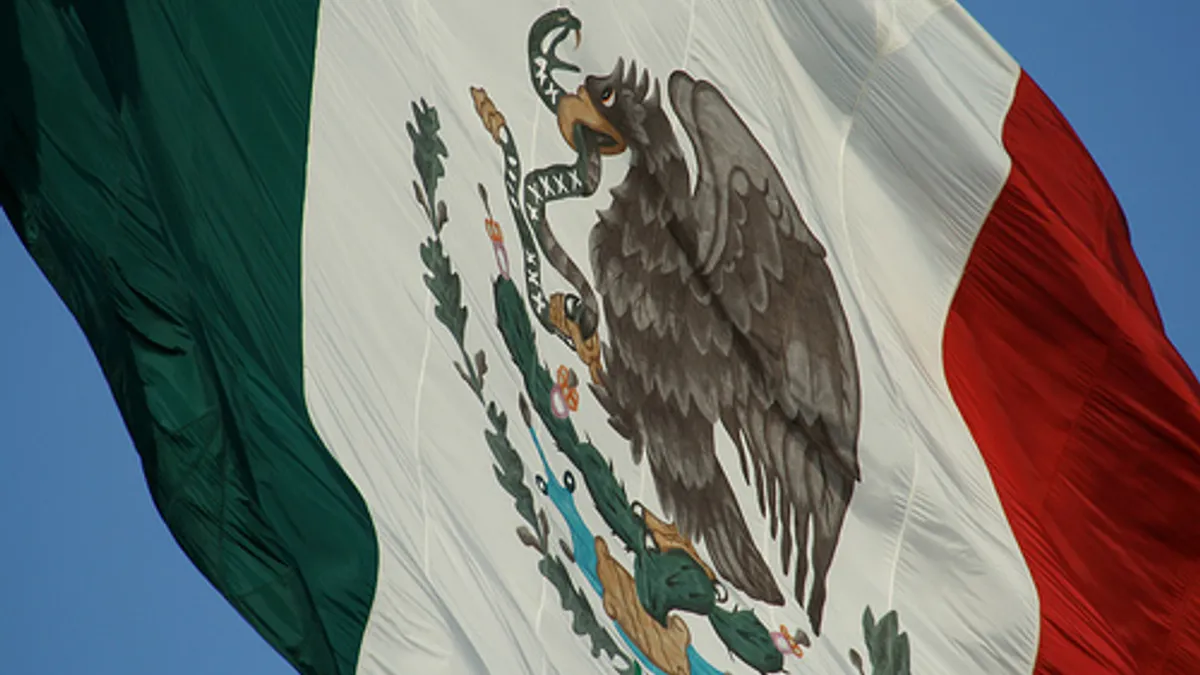Dive Brief:
- The California ISO announced this week that Mexico's grid operator is considering linking Baja California Norte with the state's growing western Energy Imbalance Market, as the voluntary power market continues to grow and show benefits.
- El Centro Nacional de Control de Energía's (CENACE) look at the western regional market follows a memorandum of understanding signed in 2014 to push the California and Mexico grids towards collaboration.
- Joining California's regional marketplace could help Mexico meet renewables portfolio goals of 25% in 2018, rising to 35% by 2024. Those amounts include hydroelectricity.
Dive Insight:
California ISO's western market now operates in eight states, but a partnership in Baja Norte could take it in a new direction. While the ISO gave no timeframe for Mexico joining the market, the EIM is moving quickly to expand.
Nevada's NV Energy entered the market in December 2015, while Arizona Public Service and Washington's Puget Sound Energy began participation two months before that. Portland General Electric in Oregon is scheduled to enter in October 2017, followed by Idaho Power in April 2018.
“CENACE’s Baja California Norte participation in the western EIM will enable it to benefit from the savings that a large geographic region can offer,” ISO President and CEO Steve Berberic said in a statement. “We recognize that a successful energy future relies on regional collaboratio."
CAISO said Baja California Norte has two California grid connections — Otay Mesa and Imperial Valley, both known as Path 45, but the region is not connected to Baja California Sur or the Mexico mainland grid.
Using the EIM's real-time benefits by joining would net serious advantages, according to CENACE General Director Eduardo Meraz.
“Mexico has had a long, productive relationship with the ISO as we coordinate the management of our interconnected electricity grids,” Meraz said. “It is only logical for CENACE to carefully consider Baja California Norte’s participation in the western EIM."
According to CAISO, since it began operation with Oregon-based PacifiCorp in 2014, the western EIM has
realized more than $88 million in cost benefits. The market has also saved more than 125,000 metric tons of carbon emissions, officials say.
Over the summer, however, California Gov. Jerry Brown called for a pause on his state's attempt to integrate PacifiCorp operations into its markets and then possibly expand further due to worries over the utility's coal fleet. While the market continues, integrating grid functions could bring greater efficiencies, some worry it may also mean more fossil fuels being used by California.















